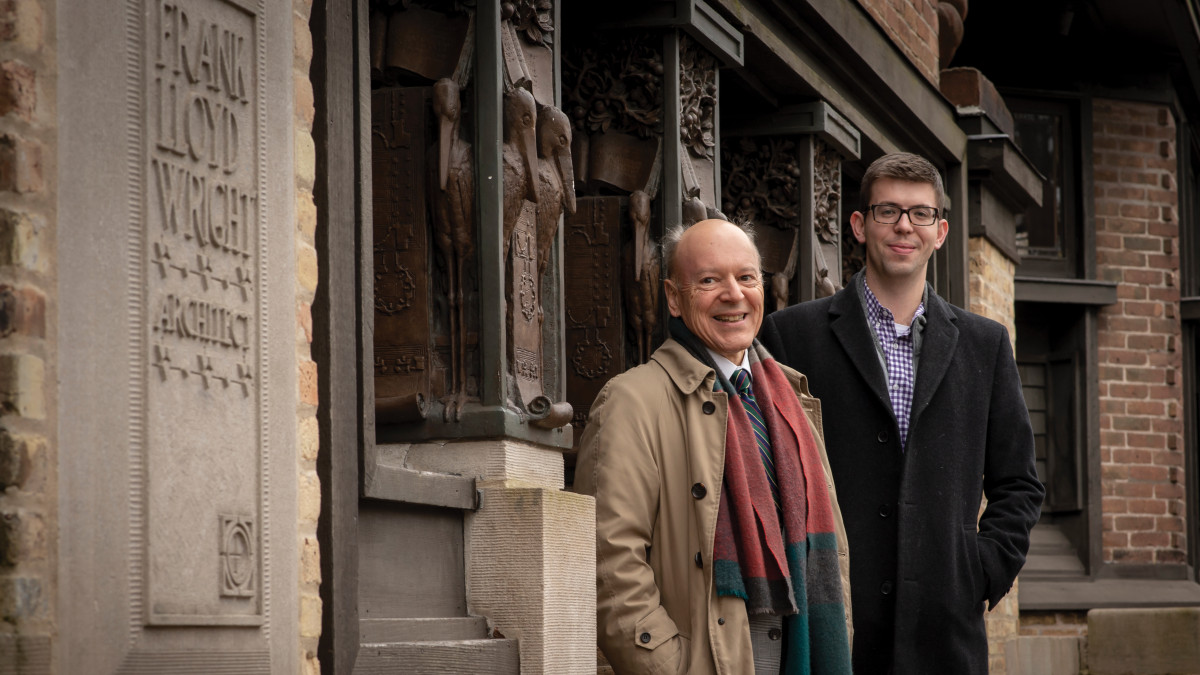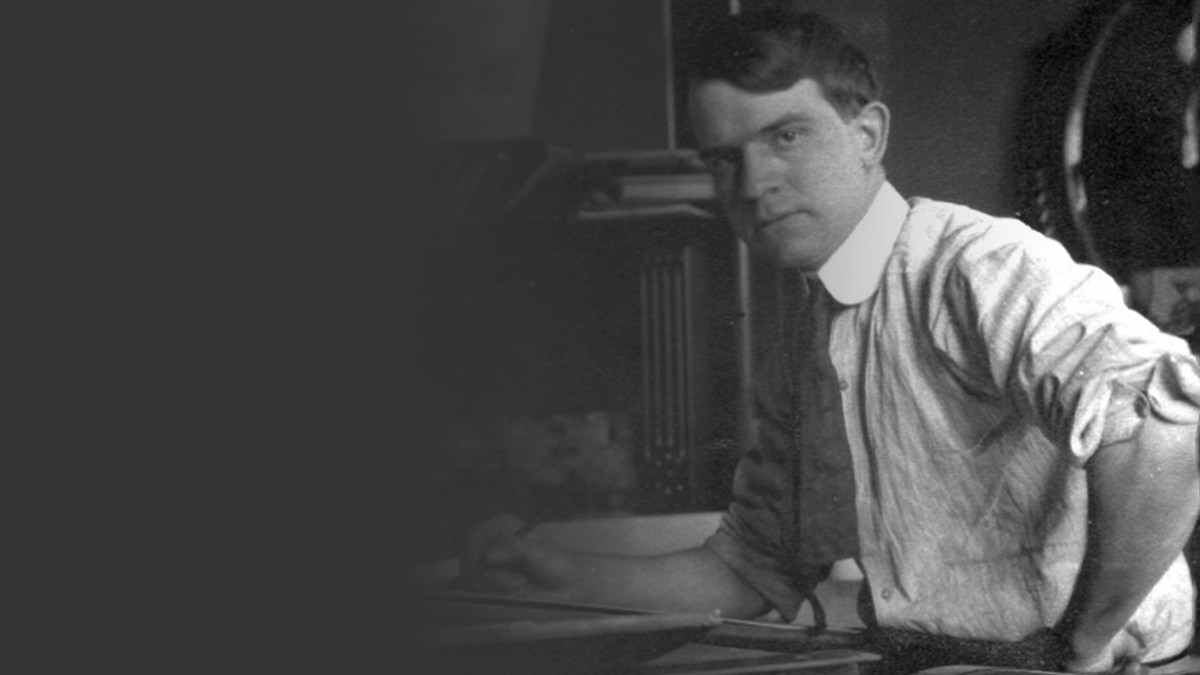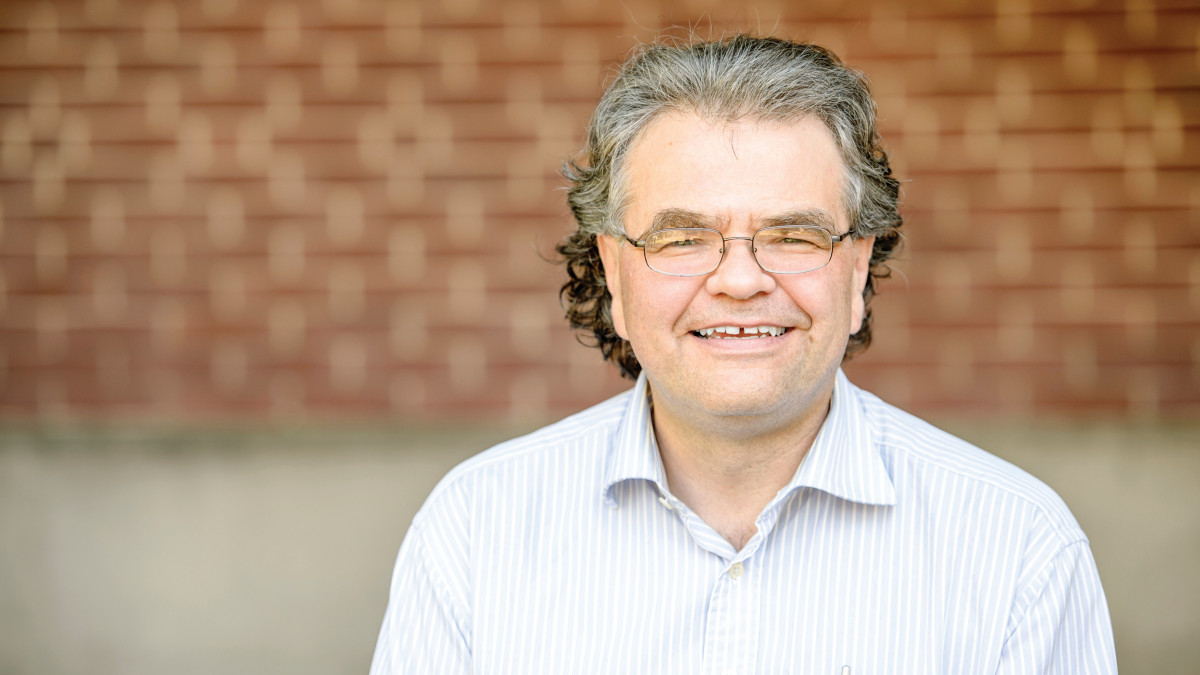He was born in east central Illinois and grew up in Greencastle, Ind. But Wilbur Kurtz, DePauw University Class of 1905, was seduced by the South, where he fed his curiosity about the Confederacy and parlayed it into a remarkable career.
He was a trained watercolorist and muralist, having studied painting at DePauw (tuition: $19) and later the Art Institute in Chicago, and also made architectural renderings and drew illustrations for newspapers and magazines. His paintings are on display across the South and have sold for up to $30,000 – posthumously, of course – says Joey Seguin, a retired computer programmer who is writing a biography of Kurtz.
But it was his work as an amateur historian that drew Kurtz south and ultimately led to a modicum of fame. Intrigued to interview participants in the Great Locomotive Chase, when Union volunteers commandeered a Confederate train and took it northward with Confederate soldiers in hot pursuit, he found two loves: his future wife, who was the daughter of one of his interview subjects, and the South.
In 1934, Kurtz was tapped by the Public Works of Art Project, part of the New Deal, to select artists and assign them work. “He combined his love of art and his love of history when he could,” Seguin says, so his assignment – to restore “The Battle of Atlanta” cyclorama and add a diorama to it – was ideal.
The cyclorama – originally 49 feet tall and 371 feet long – was painted in Milwaukee in 1885 and in 1888 was displayed, among other places, at the Indianapolis Cyclorama on Market Street between Illinois and Capital streets before arriving in 1892 in Atlanta.
In mid-2015, preparation began to move the painting from its home since 1921 and to restore it, including adding back seven feet that had been lopped off the top to fit the short building. A curator at the Atlanta History Center (its new home, which opened in February) asked Seguin, a volunteer, to research Kurtz’s work. Seguin says he learned from dozens of journals Kurtz kept for nearly 70 years that he was “a man of great moral character” whose “work ethic we’ll never see surpassed.”
In 1938, David O. Selznick hired Kurtz, who happened to know author Margaret Mitchell, as a technical adviser for the filming of “Gone with the Wind” in California, where Kurtz fastidiously insisted that a Hollywood backlot simply wouldn’t do as a stand-in for Atlanta.
“Georgia has red clay,” Seguin says. “They were trying to use fields out in California, which looked nothing like Georgia. So Kurtz had his son go out and dig up a box of Georgia red clay – not just anywhere, but from Jonesboro, where Tara was supposed to have been – and had it sent to California. ...
“Close was never good enough for him. Everything was exact.”
Kurtz was technical adviser in 1946 for “Song of the South” and, in 1957, “The Great Locomotive Chase.” He died in 1967 at age 85.
Old Gold
is a regular feature of DePauw Magazine, which is published three times a year.
DePauw Magazine
Spring 2019
 Alums Teach American Culture, Democracy in Ancestors’ Land
Alums Teach American Culture, Democracy in Ancestors’ Land FIRST PERSON With Alexander Komives
FIRST PERSON With Alexander Komives 1905 Alum: DePauw’s ’Gone with the Wind’ Connection
1905 Alum: DePauw’s ’Gone with the Wind’ Connection The Bo(u)lder Question By Glen Kuecker
The Bo(u)lder Question By Glen Kuecker A CHICKEN-OR-EGG DEBATE: Does DePauw attract socially aware students, or does it awaken them?
A CHICKEN-OR-EGG DEBATE: Does DePauw attract socially aware students, or does it awaken them? RECTORS: Changing Lives, Changing an Institution, Changing the World
RECTORS: Changing Lives, Changing an Institution, Changing the World
DePauw Stories
A GATHERING PLACE FOR STORYTELLING ABOUT DEPAUW UNIVERSITY
Browse other stories
-
Athletics
-
Women's Golf - Williams Selected Academic All-America®
-
Football - DePauw-Record 190 Student-Athletes Named to NCAC's Dr. Gordon Collins Scholar-Athlete Honor Roll
-
Football - 336 Students Named to 2025 Spring Tiger Pride Honor Roll
More Athletics
-
-
News
-
Outstanding scholars named to Spring 2025 Dean's List
-
Alumni News Roundup - June 6, 2025
-
Transition and Transformation: Inside the First-Year Experience
More News
-
-
People & Profiles
-
11 alums make list of influential Hoosiers
-
DePauw welcomes Dr. Manal Shalaby as Fulbright Scholar-in-Residence
-
DePauw Names New Vice President for Communications and Strategy and Chief of Staff
More People & Profiles
-
-
Have a story idea?
Whether we are writing about the intellectual challenge of our classrooms, a campus life that builds leadership, incredible faculty achievements or the seemingly endless stories of alumni success, we think DePauw has some fun stories to tell.
-
Communications & Marketing
101 E. Seminary St.
Greencastle, IN, 46135-0037
communicate@depauw.eduNews and Media
-
News media: For help with a story, contact:
Bob Weaver, Senior Director of Communications.
bobweaver@depauw.edu.